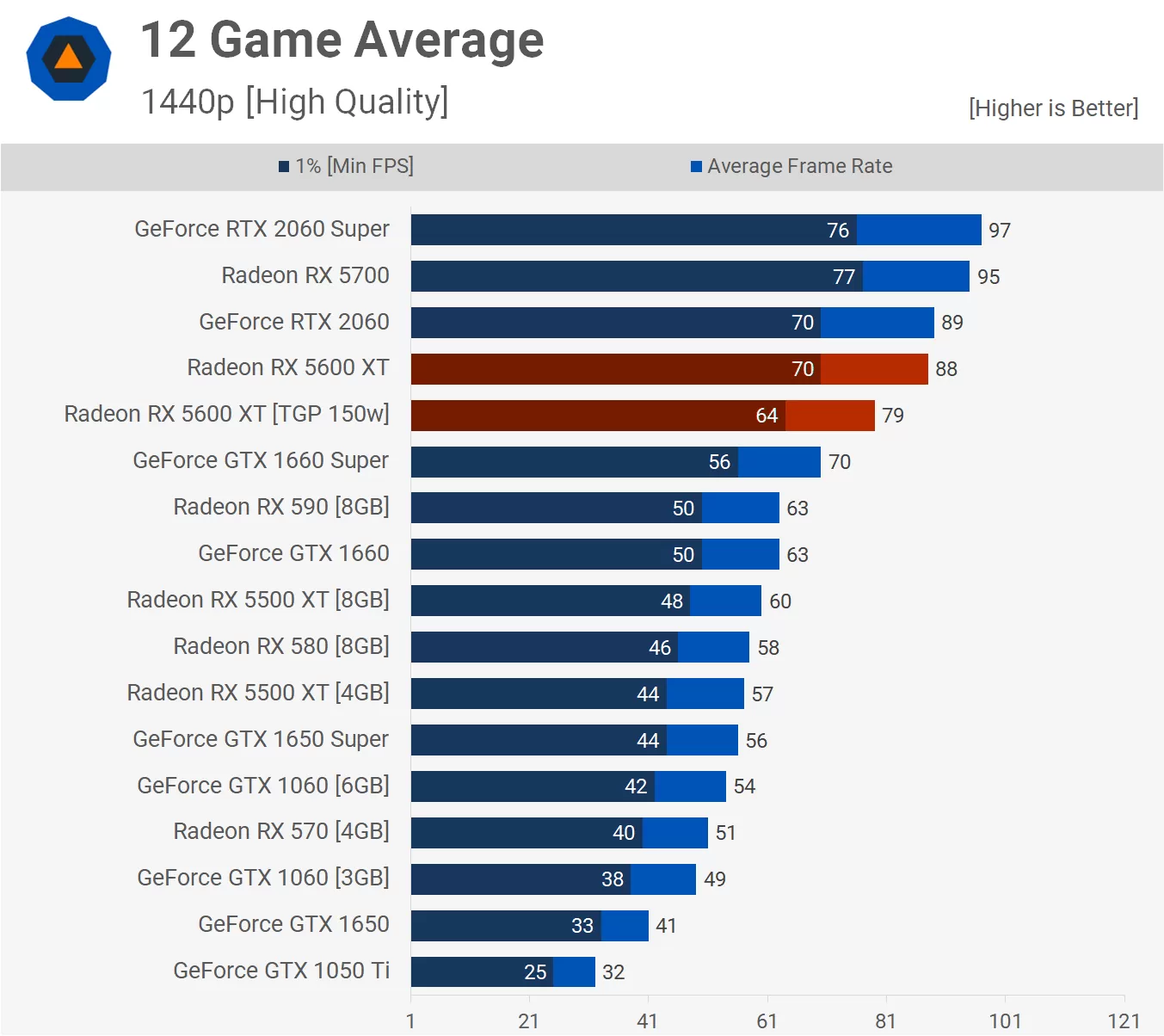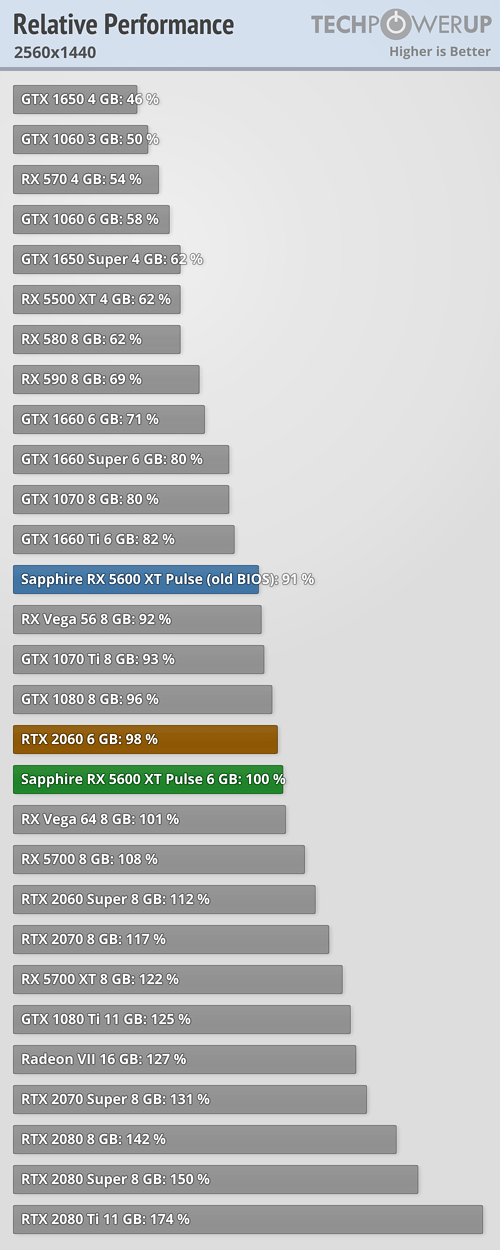Process twice expensive, but smaller chips. Adding HBM2 is more expensive than GDDR6(?), the difference might be not that big.
It's just - looking at price, performance and features, Navi isn't the leap i hoped to happen for next gen, leaving me a bit disappointed.
But rumors about RDNA2 sound good. I'll wait for that.
It's just - looking at price, performance and features, Navi isn't the leap i hoped to happen for next gen, leaving me a bit disappointed.
But rumors about RDNA2 sound good. I'll wait for that.


